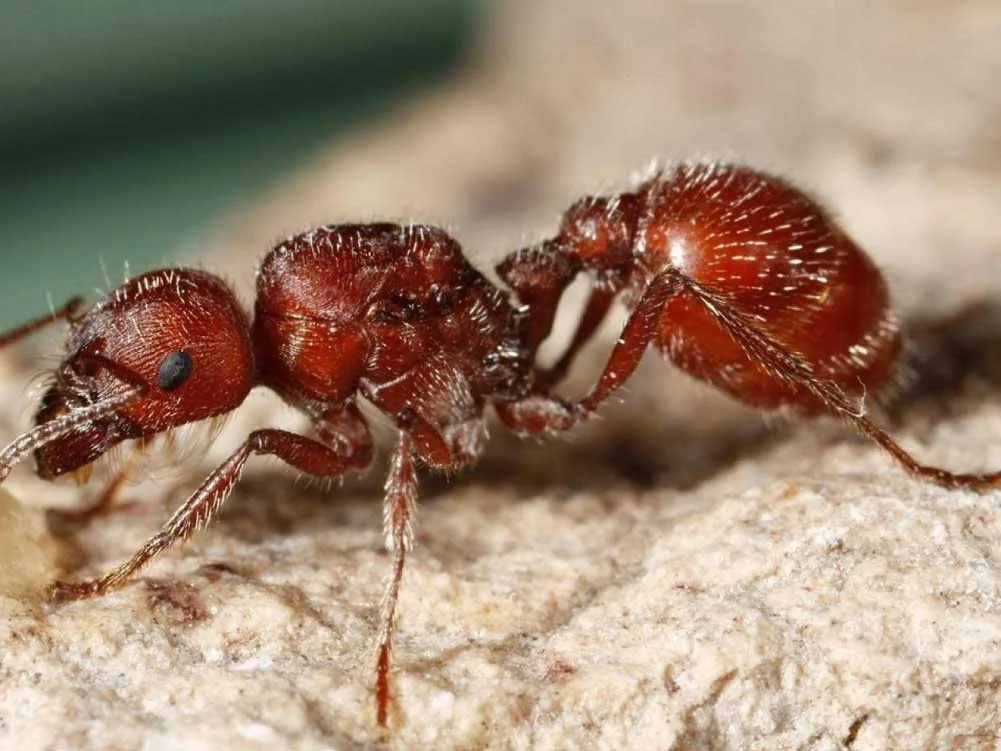When you think of fire ants in the fall, "vulnerable" isn't the first word that pops into your mind. But it should be.
If you are going to treat fire ants only once a year, do it in the fall. Fire ants are easier to kill in the fall, for four main reasons:
They're more active. That makes it easier to treat them with fire ant baits. You can use fire ant baits any time of the year, but they're most effective when the ants are actively foraging for food. Fire ants are most active in spring and fall, when daytime temperatures are between 70 and 85 degrees. Actively foraging ants will pick up a bait and carry it into the nest within minutes. If the ants are inactive, the bait may no longer appeal to the ants by the time they find it.
In the cooler weather of fall, fire ants aren't too deep in the ground. That makes them easier to kill with a mound-drench, granular, dust or aerosol contact insecticide. When you use those products, it's critical to treat when the queen and brood are close to the surface.
In the fall, you're treating when many fire ant colonies are very young. Fire ants mate all during the year, but they're most actively mating in the spring. Mated queens fly off and establish new colonies. By fall, these colonies are well-established but still very small. Quite often, you don't even know they're there, but if you don't treat them, they'll become the big mounds you see next year. How do you treat them if you don't know where they are? Broadcast a fire ant bait. That's the first step in an ongoing program for fire ant control. Use a fresh bait and apply it by the label directions. Then, treat individual problem mounds with an approved contact product. The final step is simply to repeat the first step once or twice a year.
The one thing that makes fall the single best time to treat fire ants is that it's followed by winter. Extreme cold is tough on fire ants. That makes baits even more effective in the fall. Baits take a long time to work. They weaken colonies and make them less able to respond to the challenges of winter weather. The young colonies are especially vulnerable because they don't have many workers. So they can't respond very quickly to the need to escape freezing temperatures. The networked tunnels of a fire ant mound are constantly collapsing. Moving deeper into the ground requires a lot of work. Anything you can do to reduce the number of ants available to gather food and maintain the mound structure makes the colony less able to survive winter weather.


